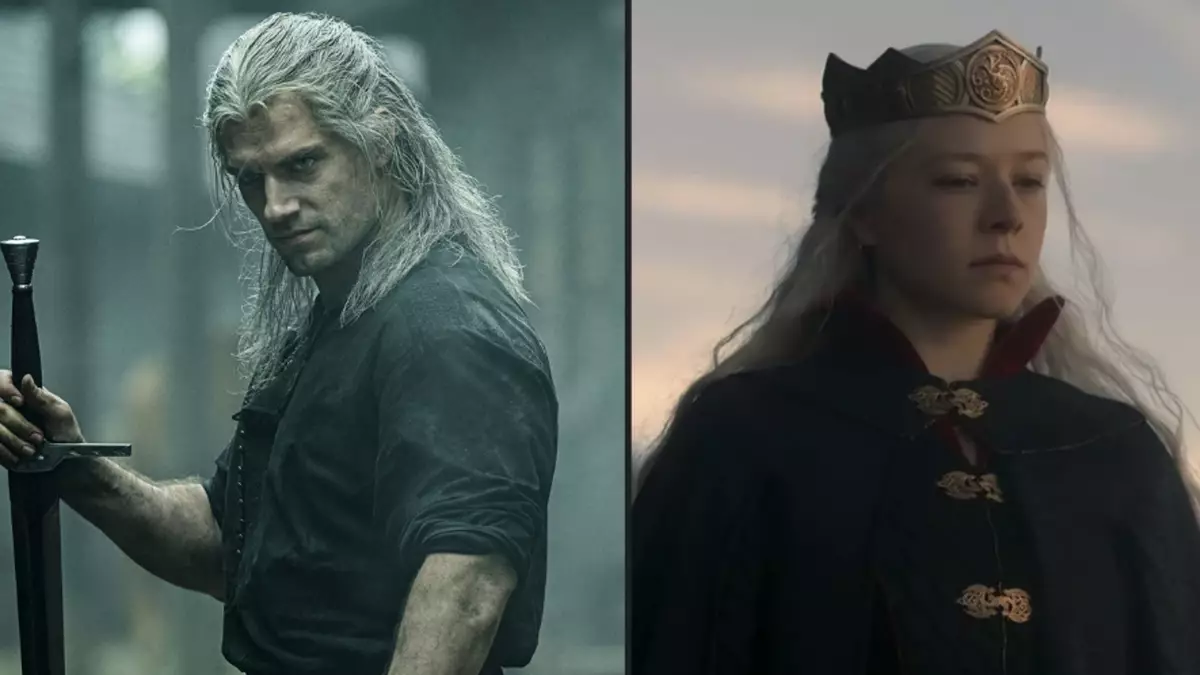“House of the Dragon,” the much-acclaimed prequel to “Game of Thrones,” continues to captivate audiences with its rich storytelling and complex characters. Venturing deep into the Targaryen civil war known as the Dance of the Dragons, the series draws heavily from George R.R. Martin’s “Fire & Blood,” creating a spectacle of drama and intrigue on HBO. Despite facing some criticism, the second season has been particularly notable for its intense and emotionally charged scenes.

One of the season’s highlights, revealed by the show’s cinematographer Vanja Čenrjul, was an extraordinarily challenging shoot involving a riot scene in King’s Landing. This pivotal moment, featuring Alicent Hightower and her daughter Helaena navigating through a violent mob, required the coordination of 300 extras and two full days of filming. This scene not only demonstrated the technical prowess of the production team but also enriched the narrative, pulling viewers deeper into the perilous world of Westeros.
Cinematic Challenges and Innovations
The episode titled “Smallfolk” is a standout in the series for its visual and emotional depth. It includes two grand dragon sequences that showcase significant special effects and VFX work, hallmark features of the series. However, it’s the riot scene that truly pushes the boundaries of television cinematography.
Čenrjul discussed the complexity of filming this particular sequence. The task was daunting: capturing the chaos authentically while focusing on the personal terror of Alicent and Helaena. The crew had to navigate through medieval settings, steep stairs, and crowded squares, maintaining a seamless narrative flow in real-time. Specialized cameras were installed within the carriage to vividly capture the fear gripping the mother-daughter duo, adding a claustrophobic intensity to the viewing experience.

Controversy and Creative Decisions: George R.R. Martin’s Perspective
While the series has been a success, it has not been without its controversies. George R.R. Martin himself has voiced concerns over creative decisions that diverge from his original writings. One significant point of contention was the decision to omit the character Prince Maelor from the season.
In a candid expression of his initial support turning into disappointment, Martin detailed his frustrations in a now-deleted blog post titled “Beware the Butterflies.” He explained that practical issues such as casting complications and budget constraints were cited as reasons for this change. Despite assurances that Maelor’s absence was only temporary, Martin later discovered these promises would not be fulfilled, impacting the narrative integrity he values.
Reflections on Storytelling and Adaptation
“House of the Dragon” illustrates the delicate balance between adapting a literary work and introducing necessary changes for television. While deviations can be controversial, they often reflect deeper production realities. The decisions around character arcs and plot adjustments are not merely creative but are deeply influenced by logistical and financial considerations.

As “House of the Dragon” continues to unfold, it remains a testament to the challenges and triumphs of bringing epic fantasies to life. The dedication of the cast and crew in delivering these complex narratives ensures that each episode is not just watched but experienced. Fans and critics alike await to see how future seasons will continue to adapt Martin’s rich lore, hopeful for both fidelity and innovation in equal measure.
